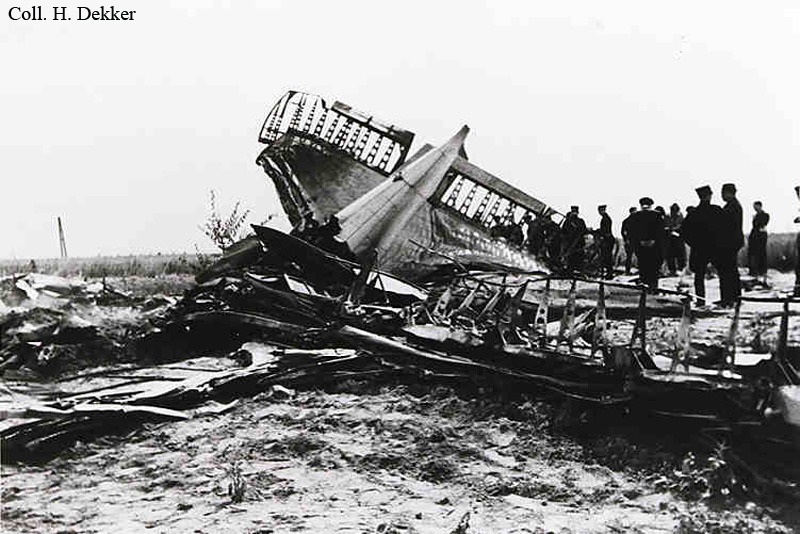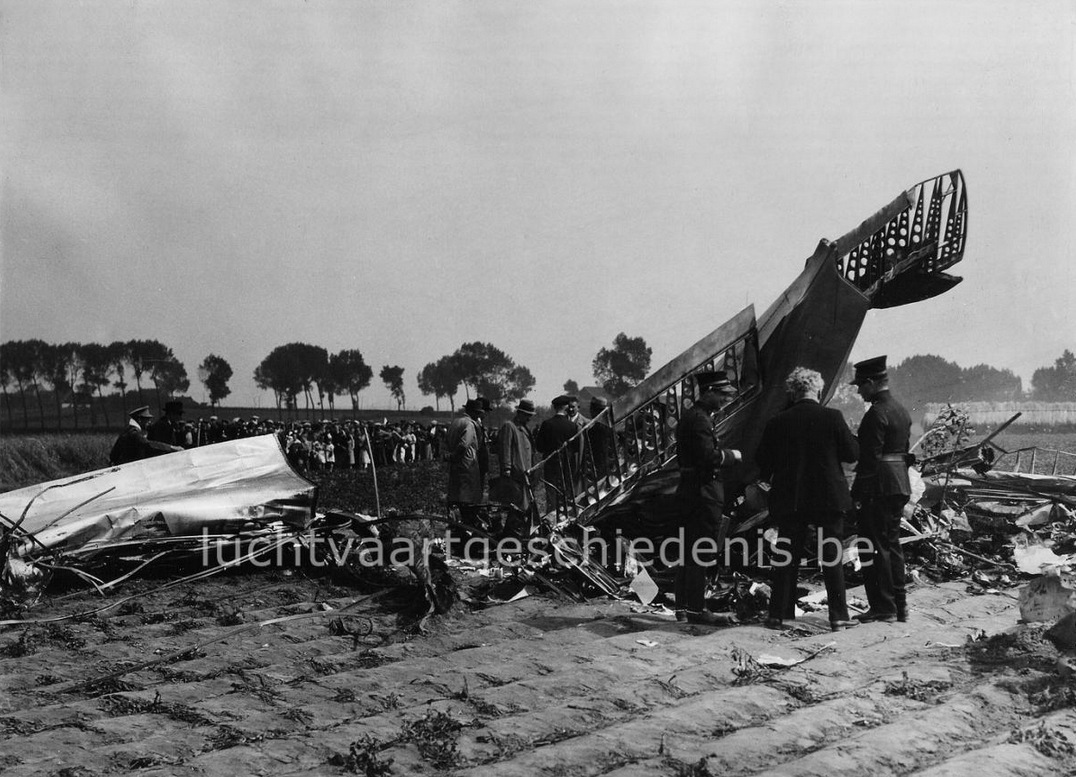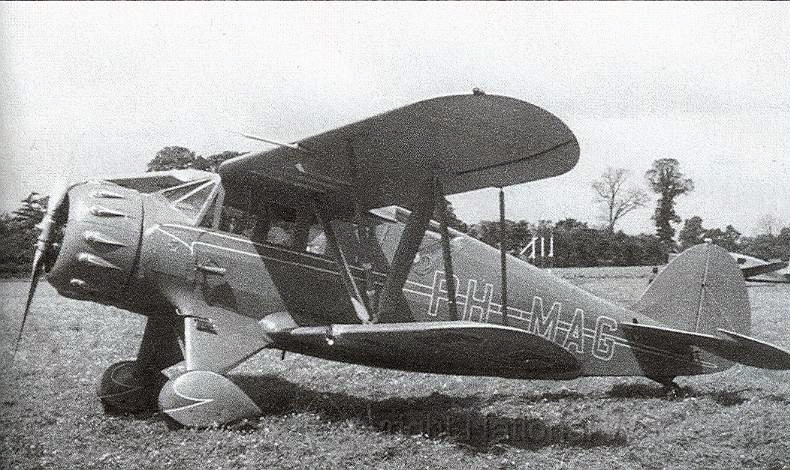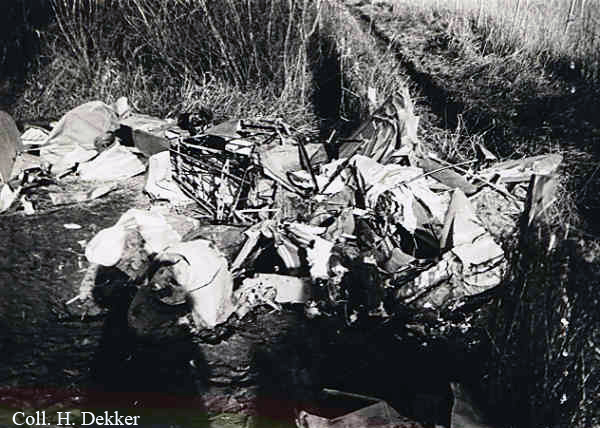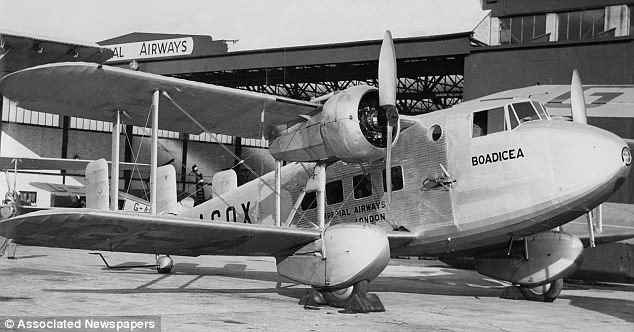Crash of a Junkers JU.52/3mge in Châtenay-en-France: 3 killed
Date & Time:
Feb 22, 1938 at 0445 LT
Registration:
D-APAR
Survivors:
No
Schedule:
Berlin – Cologne – Paris
MSN:
4040
YOM:
1934
Crew on board:
3
Crew fatalities:
Pax on board:
0
Pax fatalities:
Other fatalities:
Total fatalities:
3
Circumstances:
The crew was performing a night mail flight from Berlin to Paris with an intermediate stop in Cologne. The aircraft named 'Otto Parschau' departed Cologne at 0241LT. Two hours later, while approaching Paris, the pilot was unable to localize the airfield due to foggy conditions. On approach, the three engine aircraft crashed in the garden of a castle located in Châtenay-en-France, some 11 km north of Le Bourget Airport. All three crewmen were killed.








